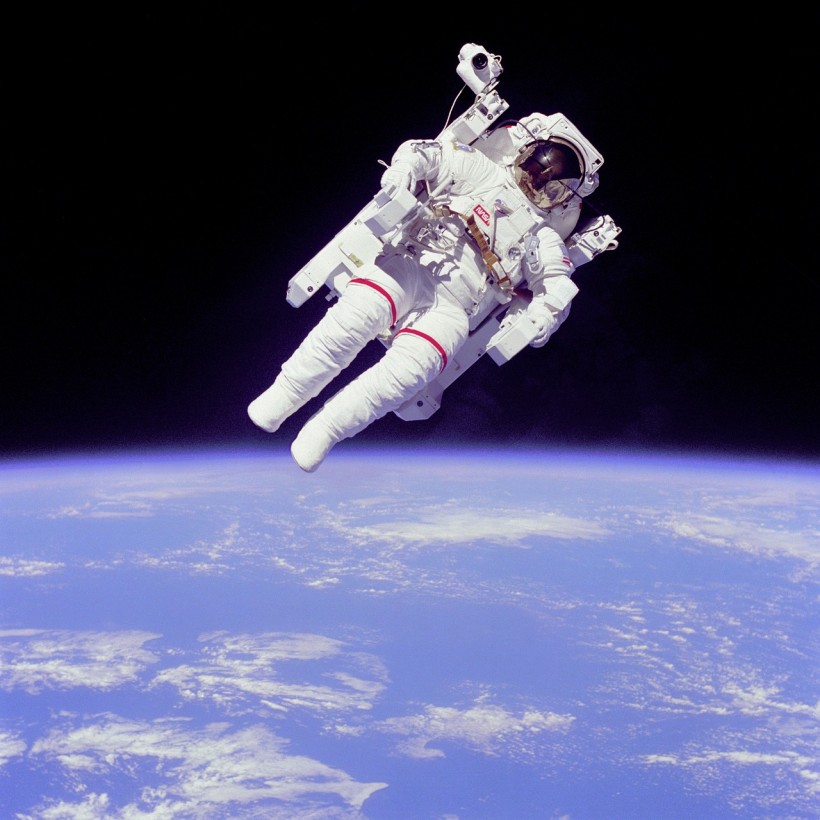The allure of space travel and exploration has captivated many, sparking dreams of visiting the International Space Station or distant planets. Essential to this endeavor are spacesuits, enabling astronauts to briefly navigate the extravehicular environment by supplying vital air, water, pressure, and protection.
But what if astronauts do not wear these spacesuit? What scenarios would unfold without this advanced safeguard?

Surviving Space's Harsh Vacuum: How Long Can Astronauts Live Outside the Spacecraft Without Spacesuits?
Astroanuts Will Not Live Long Without Spacesuits in Space
Science fiction media have featured astronauts enduring and sometimes surviving brief encounters with outer space without proper spacesuits, while other portrayals have depicted various gruesome fatalities.
However, in reality, the the actual duration of survival for an individual suddenly exposed to the unforgiving vacuum of outer space is exceedingly short. The European Space Agency's (ESA) senior strategy officer Stefaan de Mey explains that astronauts will lose consciousness in as little as 10 to 15 seconds due to oxygen deprivation in space.
Although it might seem like a short duration, refraining from holding one's breath before entering space is essential. The absence of pressure in the space vacuum makes the life-sustaining oxygen a notable peril.
As explained by de Mey, the oxygen would swiftly expand, damaging and rupturing the lungs. Consequently, blood would boil and bubble, inducing embolism and proving fatally detrimental to the body.
Like divers ascending from deep waters, individuals entering space without protection encounter risks. Releasing lung air is crucial. Apart from instant dangers, bodily fluids boiling and body expansion due to pressure change occur. Contrary to movies, skin prevents human explosion.
In the most favorable situation, there's a limited window before oxygen depletion induces unconsciousness. The oxygen in the blood sustains around 15 seconds of brain functioning. Beyond this, unconsciousness sets in, culminating in complete brain death within three minutes.
Yet, being saved within the initial 30 seconds could result in nothing more severe than mild bruising resembling "love bite" marks across your skin. Nonetheless, swift brain death follows if prompt rescue in an oxygen-equipped spacecraft is not possible.
READ ALSO: NASA Unveils Sleek Spacesuit for Future Moonwalkers; How Does It Differ From Existing Extravehicular Mobility Unit?
Spacesuits Serve As Shields
Spacesuits offer more than just oxygen and pressure; they safeguard astronauts from temperature fluctuations, radiation, and micrometeoroid hazards.
Designed to provide physical protection in space, these suits mitigate threats like extreme temperatures ranging from -240 to 250 degrees Fahrenheit (-150 to 120 degrees Celsius) in low Earth orbit. The vacuum slows freezing effects, while burns might result from varying sun exposure.
Furthermore, spacesuits provide protection against different radiation types, shielding from certain radiation forms in low Earth orbit. However, extended exposure to solar electromagnetic radiation can lead to health problems, including radiation sickness and cancer risk, while UV light could cause skin burns, with potential exacerbation from solar flare particles.
These extravehicular mobility units are also designed to protect astronauts from micrometeorids and space debris that also hitt the space station. While highly unlikely to affect an unprotected astronaut's survival during a short time in space, the risks posed by micrometeoroids and space debris moving at high speeds are mitigated by the design of protective layers.
In conclusion, surviving space sans spacesuit turns perilous rapidly. Limited lung air and swift return to a pressurized spacecraft within seconds are essential for survival, or timely rescue for revival within minutes.
RELATED ARTICLE: NASA Introduces New Spacesuits For Astronauts Joining the Artemis Mission to the Moon
Check out more news and information on Space in Science Times.














